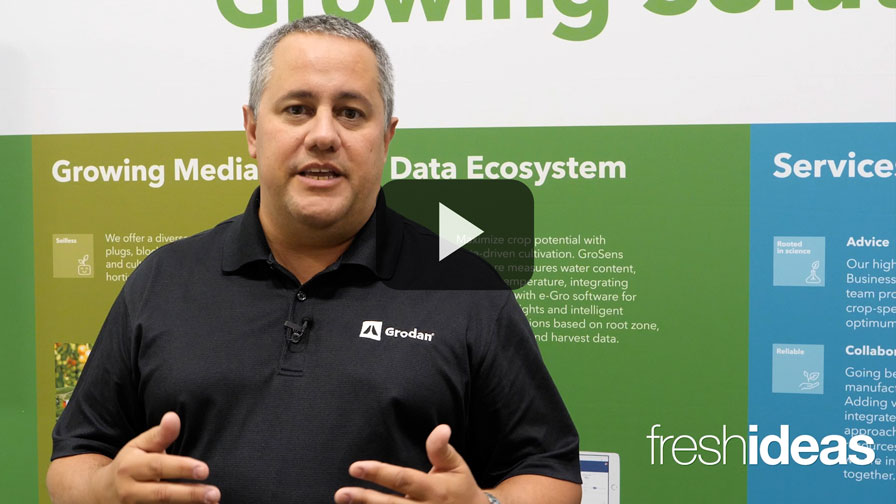5 Best Practices to Manage Big Data
 Big data is more than a fancy phrase for analytics. Big data is a field of data analytics that evolved specifically to handle extremely large datasets, which cannot be processed with traditional technology. Industry experts delineate big data projects in the following three ways: Volume (there is a lot of it), velocity (it comes at you fast), and variety (it takes many different forms).
Big data is more than a fancy phrase for analytics. Big data is a field of data analytics that evolved specifically to handle extremely large datasets, which cannot be processed with traditional technology. Industry experts delineate big data projects in the following three ways: Volume (there is a lot of it), velocity (it comes at you fast), and variety (it takes many different forms).
Today, businesses can receive this data from traditional business systems, social networks, IoT (Internet of Things) devices, or any number of systems that permeate an organization. We refer to the massive datasets that we receive and analyze as “big data.”
Why Should I Care?
According to a recent Business Application Research Center survey, companies who integrate big data into their processes “reported 8% higher revenues and 10% lower costs.” It is these types of financial results that drive companies to investigate big data and explore how it can provide a competitive edge.
Once you are ready for big data at your company, here are five best practices that can help you manage it successfully.
1. Focus on Business Value
Spoiler alert: Big data projects can be fun and engaging for your IT department. Working with the most recent technology platform is a carrot for almost all technologists. However, big data projects are complicated and potentially expensive. Do not let your big data project turn into an IT vanity exercise. The first step of any project is to focus on the business value. Align the project with a specific business goal. Set a return on investment (ROI). Once the project is in place, treat your data as an asset. Remember, big data is a business project, not an IT project.
2. Promote a Data-Driven Culture Inside Your Organization
Current employees and new hires should be educated on the value of data and its power to improve profitability. Assess the skillset of your current decision makers. Pay attention to how data is, or is not, used in their decision making. Use the results of your observations to ensure employees are prepared to interpret and utilize the outcomes of your big data. Whether this results in targeted training, ongoing support, or organizational change management, preparing your people is fundamental in the success of big data.
3. Iterate! Accept That Big Data Projects are Evolutionary and Improve Over Time
Take an agile approach to data transformation. Constantly assess your progress and readjust as needed. Not only will you course correct throughout your project, but through the life of the data as well. As the information becomes tangible (the business can touch and feel the information), expect new insights and opportunities to exploit it.
A critical element of this iteration should always be a focus on data quality. Nothing trumps truth in data. Validate and reconcile at each step. Data quality is key.
4. Standardize Your Approach
Maintaining standard best practices helps ease skills gaps in your organization. Since the volume of data has exploded over the past several years, there is a tight labor market for competent big data engineers. Be aware that to fill this skills shortage you will most likely be required to hire someone without specific knowledge of agriculture and will require support and training to translate the business value into the technology requirements.
Additionally, if you choose to outsource, best practices help reduce costs by reducing the amount of time a third party needs to understand your solution. A robust architecture solution also will allow you to scale as your organization acquires more data. Two common standardization approaches are to implement a cloud-based solution and prioritize automation at every step.
5. Get Creative
The best payoffs from big data often arise from combining disparate data sources (data that originates from different places) in novel or unexpected ways. Think about combining weather data with supply chain interruptions or moisture sensor readings with crop failure information. Your business has many interconnected activities; instead of keeping data in silos, get creative by combining these buckets of information in a way that represents the realities of your organization.









